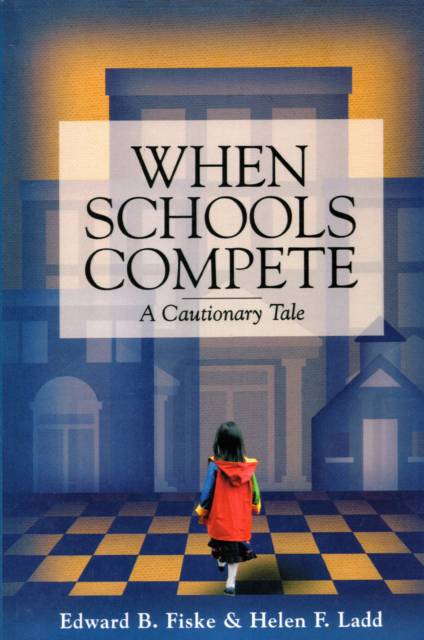
- Afhalen na 1 uur in een winkel met voorraad
- Gratis thuislevering in België vanaf € 30
- Ruim aanbod met 7 miljoen producten
- Afhalen na 1 uur in een winkel met voorraad
- Gratis thuislevering in België vanaf € 30
- Ruim aanbod met 7 miljoen producten
Omschrijving
In 1989 New Zealand embarked on what is arguably the most thorough and dramatic transformation of a compulsory state education system ever undertaken by an industrialized country. Under a plan known as Tomorrow's Schools this island nation of 3.8 million people abolished its national Department of Education and turned control of its nearly 2,700 primary and secondary schools over to locally elected boards of trustees. Virtually overnight, one of the world's most tightly controlled public education systems became one of the most decentralized. Two years later, in 1991, with a new government in power, New Zealand enacted further reforms that introduced full parental choice of schools and encouraged the development of a competitive culture in the state education system. Debate rages in the United States about whether similar reforms would improve the performance of the country's troubled public school system. Judgments about the potential benefits of these ideas, as well as the general relevance of economic models to educational systems, tap into deeply held values, and discussion in the U.S. has been hampered by the lack of practical experience with them. The extended and widespread experiences of New Zealand, whose school system functions much like our own, provide U.S. policy makers with a wide range of appropriate insights and implications to consider as they gauge the merits of bold education reform. When Schools Compete is the first book to provide detailed quantitative and qualitative analysis of the New Zealand experiment. Combining the perceptive observations of a prominent education journalist and the analytical skills of an academic policy analyst, this book will help supporters and critics of market-based education reforms better anticipate the potential long-term consequences of applying ideas of market competition to the delivery of education.
"Specificaties
Betrokkenen
- Auteur(s):
- Uitgeverij:
Inhoud
- Aantal bladzijden:
- 362
- Taal:
- Engels
Eigenschappen
- Productcode (EAN):
- 9780815728351
- Verschijningsdatum:
- 1/03/2000
- Uitvoering:
- Paperback
- Formaat:
- Trade paperback (VS)
- Afmetingen:
- 152 mm x 231 mm
- Gewicht:
- 480 g

Alleen bij Standaard Boekhandel
Beoordelingen
We publiceren alleen reviews die voldoen aan de voorwaarden voor reviews. Bekijk onze voorwaarden voor reviews.








